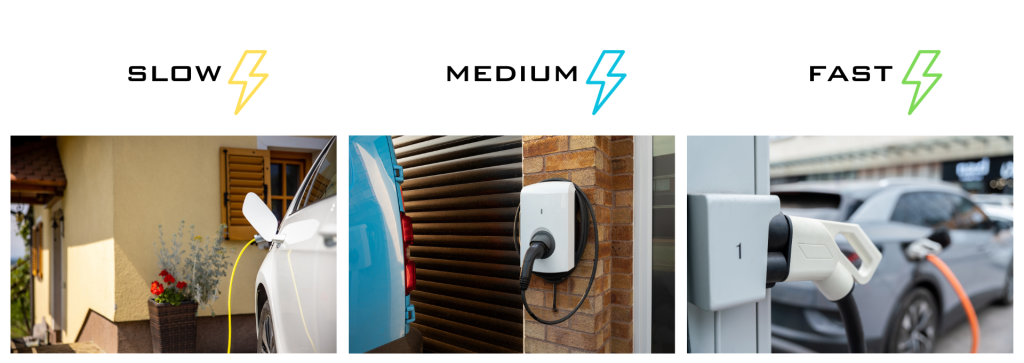It's Easier Here.
Leith Cars Blog
One of the most asked questions by potential electric vehicle buyers is “How fast can you charge an EV?” To answer that question, we’ll cover several factors that go into charging at home and at public charging stations, both of which are big parts of the EV ownership experience. We’ll also highlight a couple of fast-charging EVs you can buy through our LeithCars.com new vehicle inventory.
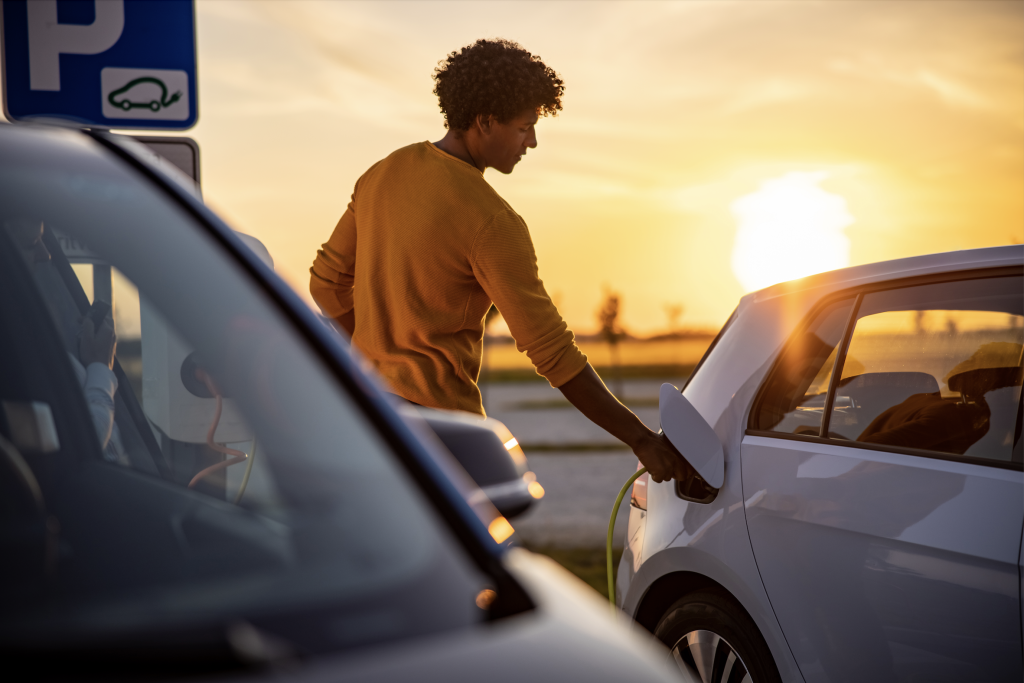
What is your power source?
Regarding the infrastructure to support an EV-driven world, you’ll need to understand the various performance levels offered at Electric Vehicle charging stations. The most basic, least efficient way of charging an EV is through a standard, three-prong power outlet found outside your home known as a 120 Volt Level 1 charge.
A Level 1 or “trickle charge” will give you a few extra miles of range the next day if you have time to plug your EV in overnight, due to the limited amount of range per hour of charge time.
AC Level 1: Standard Wall Outlet (Home) = 120V.
Range = 3-5 miles per hour of charge.
Charging Time (from 20% battery level) = 30-50+ hours for a Battery EV (BEV) or 5-6 hours for a Plug-In Hybrid EV (PHEV)*
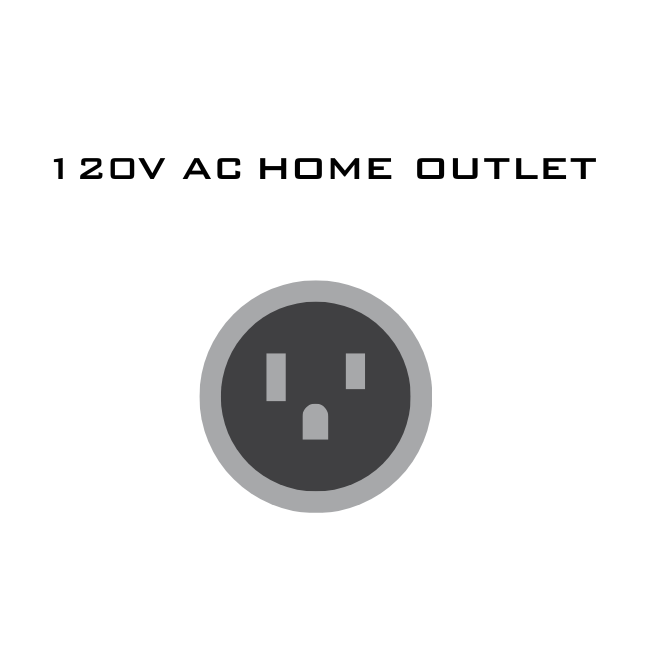
Note: PHEVs have a much smaller lithium-ion battery pack compared to BEVs because Plug-In Hybrid EVs also have a small I.C.E. (Internal Combustion Engine) to provide propulsion. The amount of time it takes to charge the PHEV’s smaller battery is much less than the time you’ll need to charge a BEV.*
For charging more efficiently at home, especially overnight, you’ll need to have an exterior wall-mounted 240V EV charging unit professionally installed to give you a boost in power output and range per hour of charge. This type of charging source is called a Level 2 charger and features an outlet like you’ll see an electric clothes dryer plugged into. This type of 240V plug will allow you to charge your EV at three to five times the speed of a standard 120V outlet.
AC Level 2: Home Unit and Public Charging Station = 240V
Range = 10-20 miles per hour of charge.
Charging Time (from 20%) = 3-8 hours for a Battery EV (BEV).

A professionally installed 240V (AC Level 2) home charger or a similar 240V public charging station port is the best if you’re only commuting between home and work each day within your city or town. A 240V charging source can give you enough juice for daily driving around town when you charge overnight at home or when you top off during the day at a public station.
If your daily commute requires long stretches of highway driving, however, your battery depletion will be faster than if you’re only driving across town. If this is your daily driving routine, you’ll need to find a Level 3 DC Fast Charger along your route.
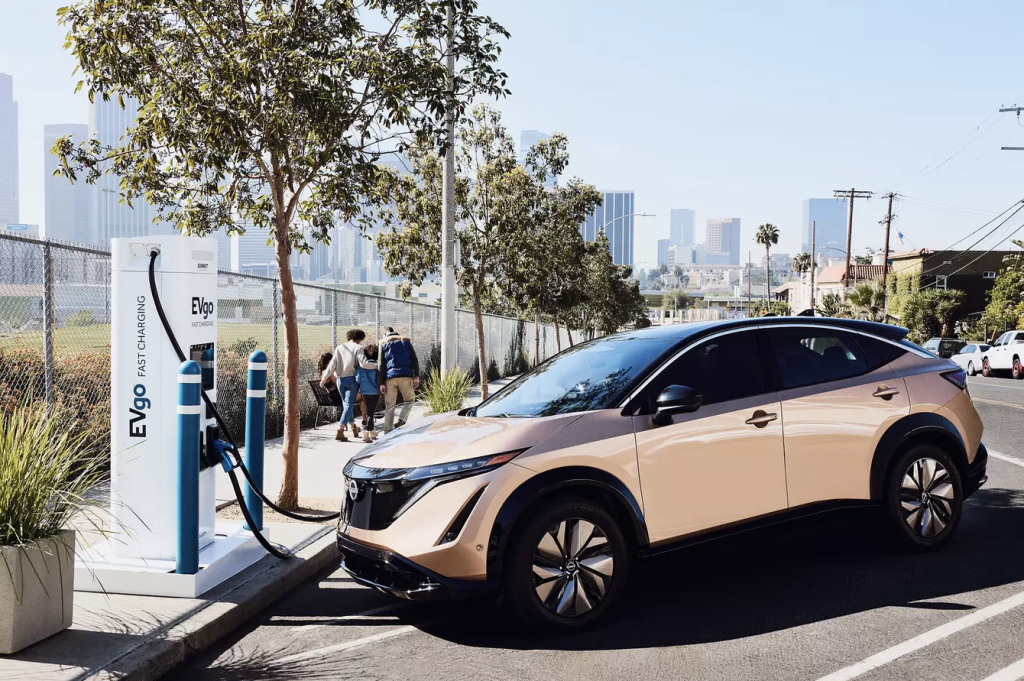
Level 3 chargers (also known as direct current fast chargers or DCFC) use a high-voltage direct current that goes straight to the car’s battery. Not all DC fast chargers are compatible with every electric vehicle though, so you’ll need to do your research before plugging into one.
DC Level 3: Public DC Quick Charging Station = 480V
Range = 4-6 miles per minute of charge.
Charging Time (from 20%) = 15-60+ minutes for a Battery EV (BEV).
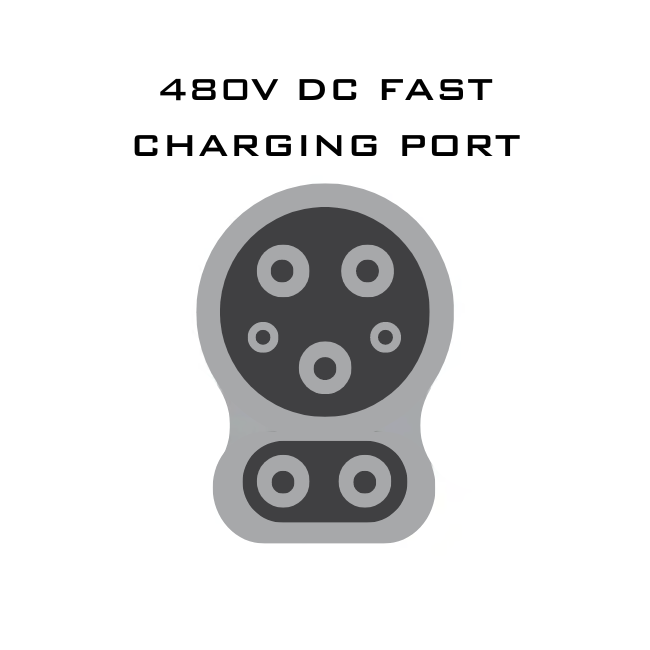
DC fast chargers are generally found in public areas like shopping mall parking lots and parking garages. You might also find these types of chargers at select gas stations/convenience stores and at some fast-food restaurant chains along a highway exit. These types of convenient DC Quick Charging stations allow EV owners a place to take a break from the road during a long journey while they DC fast charge. As the nation’s EV charging infrastructure continues to grow, DC fast chargers should become more available.
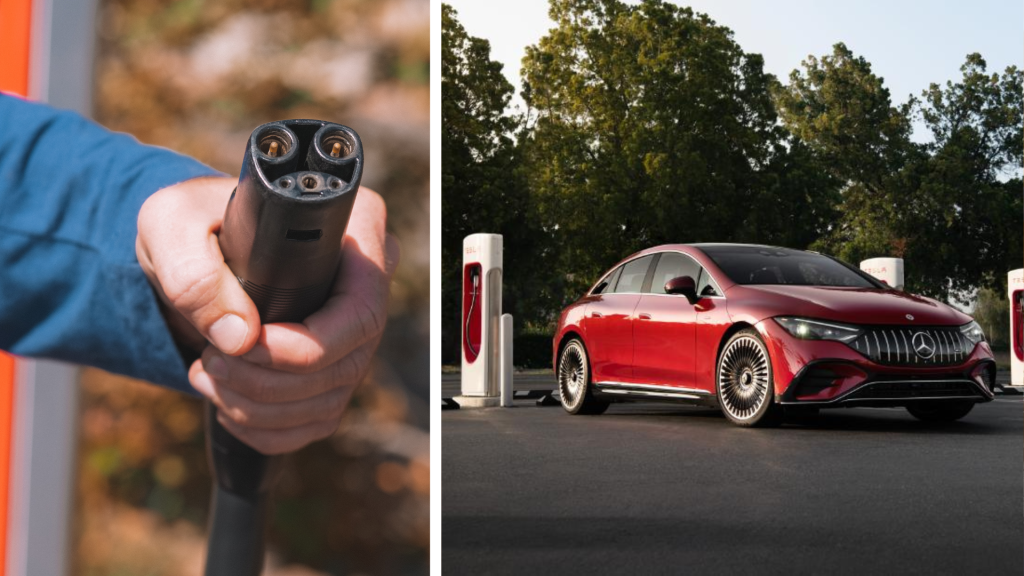
(L) 480V Tesla NACS Port, (R) Mercedes-Banz EQS at Tesla Super Charger Station
A promising development in regards to fast-charger availability is that by 2025 or sooner, most major automotive brands sold in the United States will begin installing the “Tesla-designed” 480V fast charge port in their cars. This will allow a non-Tesla EV to charge at select Tesla Super Charger stations.
Plus, owners of EVs built before the adoption of the Tesla port can purchase an adapter that will allow their non-Tesla EV to charge at a Tesla Super Charger station. Tesla’s network of superchargers is much more widely available across the nation and in large urban areas compared to other types of EV fast charger stations like ChargePoint, EVgo and Electrify America.
BMW, Ford, General Motors, Honda, Jaguar, Kia, Nissan, Mercedes-Benz, Toyota and a handful of other manufacturers have said that their electric vehicles will be able to use select Tesla superchargers that have been upgraded with what’s known as a “Magic Dock” starting as soon as 2024, with more automakers expected to follow soon after.
In addition, several major automakers have announced plans to open 30,000 charging stations of their own across the U.S. It’s important to note that the Magic Dock fast charger station is a program that has been slowly rolling out across the nation, so not every Tesla Super Charger station has the Magic Dock update yet.
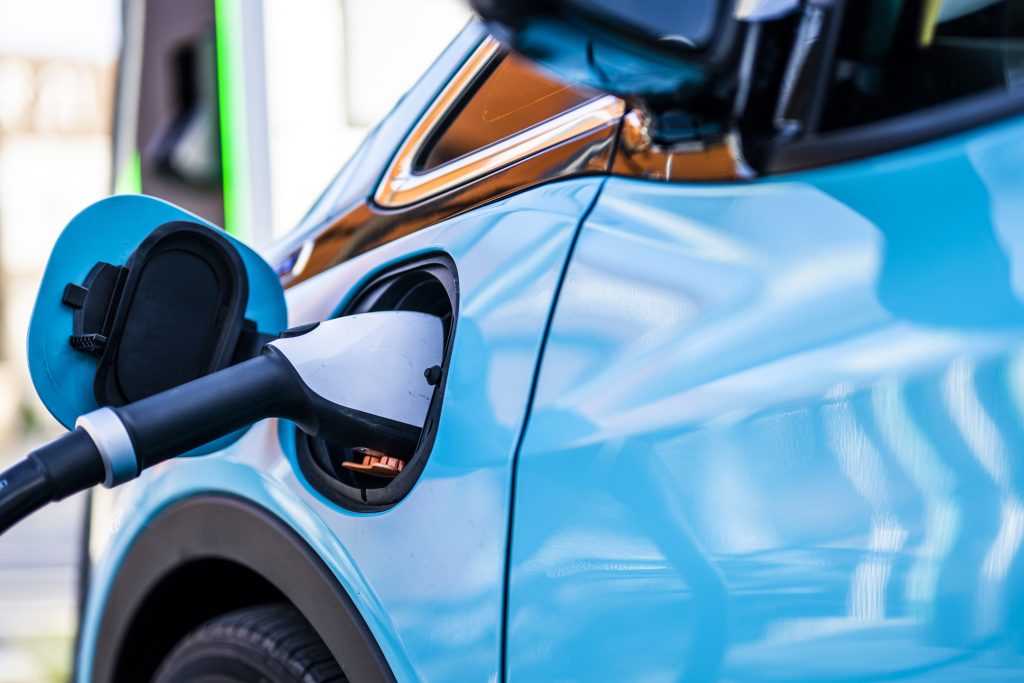
Accessibility to a CCS or NACS fast charger isn’t the only factor in how quickly you can recharge, however. Your charging time also depends on the maximum charging rate of the charging station you’re using. Even if your car can charge at a higher rate, it will only charge at your charging station’s maximum power output. As we’ve experienced in our own EV test drives, not all public charging stations operate at their peak power output 100% of the time.
A handful of other factors may affect the speed at which you can charge too, like the amount of charge your EV’s battery can handle, the size of your EV battery, is your battery nearly empty or almost full of charge, and weather conditions. Yes, the lower the temperature is outside, the longer it can take to charge your car’s battery. Hot weather can affect your EV’s thermal management system too, making the charging process less efficient and putting added stress on your vehicle’s internal heat resistance.
Two of the Fastest-Charging EVs on the Market are Sold by Leith
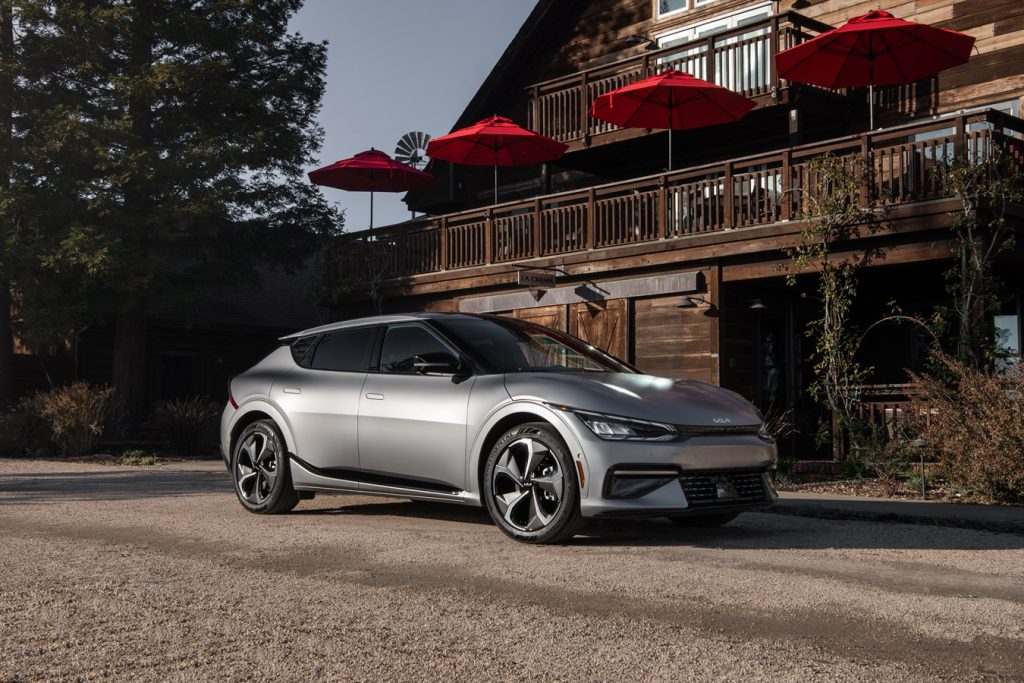
Kia EV6 GT — 14.5 miles of range per minute of charge
The Kia EV6 is one of the fastest-charging EVs on the market. It is sold by our Auto Park Kia dealership in Wendell, N.C. Using an 800-volt DC ultra-fast charging station with a 350-kilowatt charger can boost the EV6’s battery with over 200 miles of range in around 18 minutes, according to Kia.
To achieve its fast charging, Kia uses an advanced 800-volt architecture which will also be found across all the EV models coming soon from Kia. For comparison, competing brands like Ford and Volkswagen use a 400-volt charging system that operates much more slowly when you plug in.
Just for reference, a typical 150-kilowatt charger in the United States will be rated for 400 volts, while 350-kilowatt chargers can output up to 800 volts. So to achieve the maximum charge speed the Kia EV6 is capable of, you need to find an 800 V DC fast charging station.
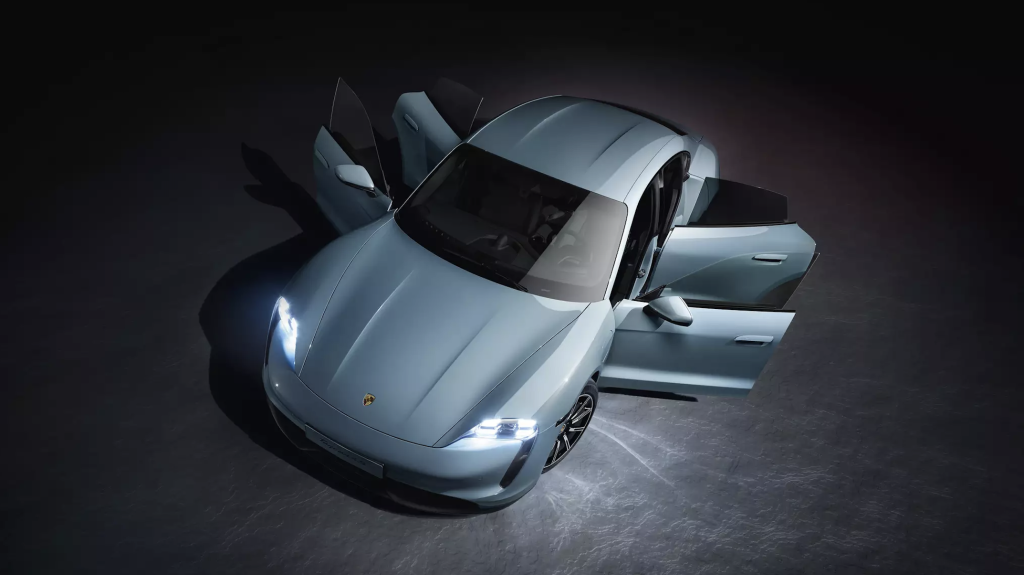
Porsche Taycan — 15.5 miles of range per minute of charge
Not only is the new Porsche Taycan fast from a stoplight, but it’s fast at charging because it also uses a high-capacity 800-volt charging system. This allows the Taycan to be charged at a rate of 15.5 miles per minute so in 15 minutes, with the Porsche Taycan plugged into an 800-volt charging station, you can have over 230 miles of range.
The 350-kW Electrify America stations operate at 800 volts, and the fact that the voltage is twice as high means that half the current is required to achieve a given rate of charge. Tesla’s superchargers operate at 400 volts, so plugging a Porsche Taycan into a Tesla charger will result in a slower charge time.
Do Your Homework and Read the Fine Print.
As with any new tech, it’s always best to educate yourself as much as possible before you decide to purchase an Electric Vehicle. Look for and read the disclaimers that automakers usually include at the bottom of their websites regarding different aspects of electric vehicle ownership. We’ve included a pretty typical disclaimer from a major import brand below so you can get up to speed on the current state of EVs. Like they say, “It’s good to know before you go.”

Disclaimer: “The actual mileage and range will vary and depend on several factors, including driving and charging habits, accessory use, temperature and topography, battery age, load and vehicle condition. Battery capacity decreases with time and use.
Charging times will vary and depend on a variety of factors, including ambient temperature, charger type, battery condition and initial state of charge, vehicle condition, and others. Frequent and consecutive fast charging can permanently decrease battery capacity.”
Here’s another disclaimer that refers to the loss of range and possible increase in charge times.
“Like all lithium-ion batteries, the lithium-ion battery in your vehicle is subject to physical and chemical aging, as well as wear and tear. Therefore, your vehicle’s battery will experience a reduction in the amount of electricity or charge it can hold over time, resulting in a reduction in the vehicle’s range and an increase in charging times. This is normal.”
By Mark Arsen, LeithCars.com
More from my site

